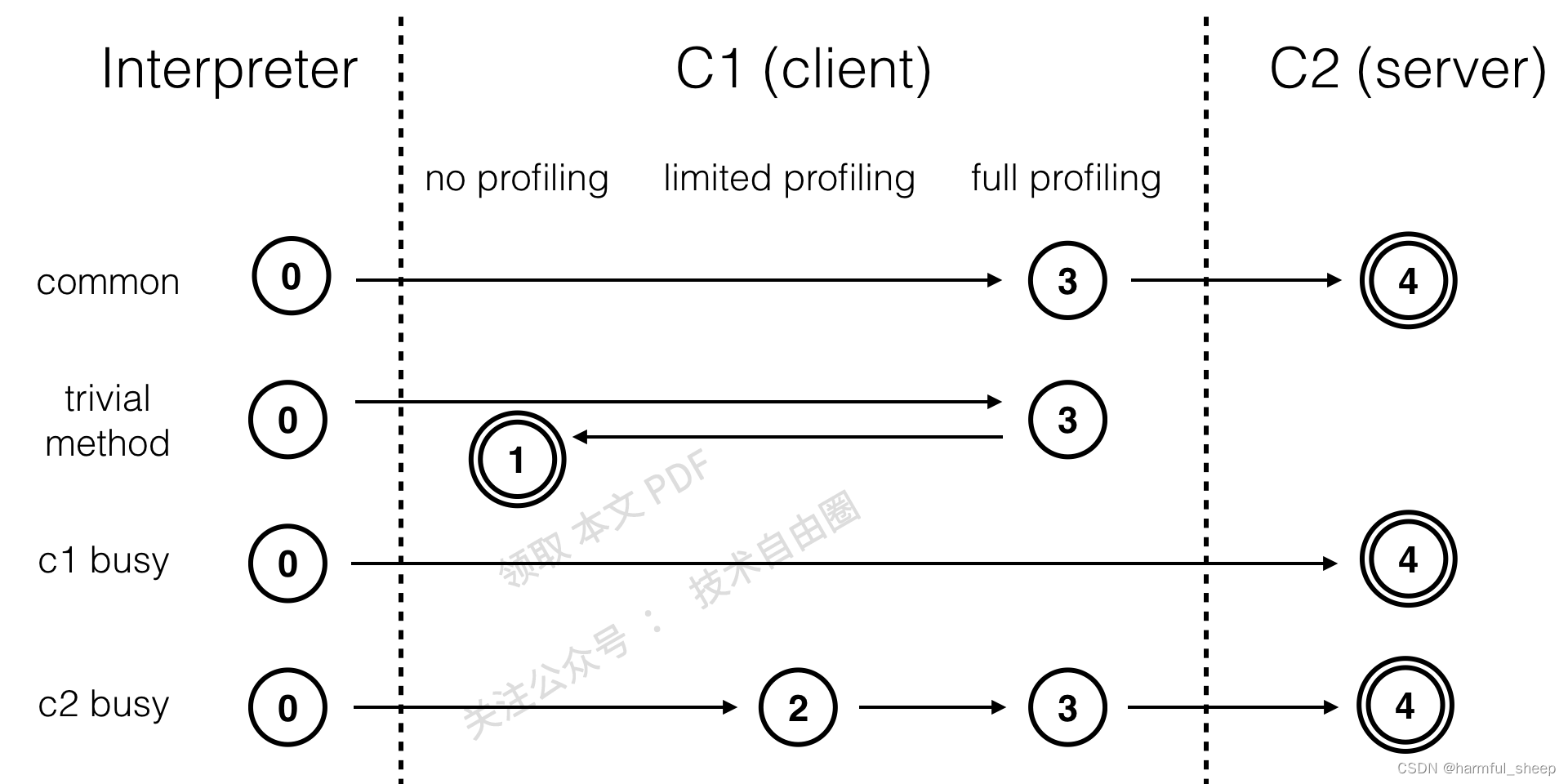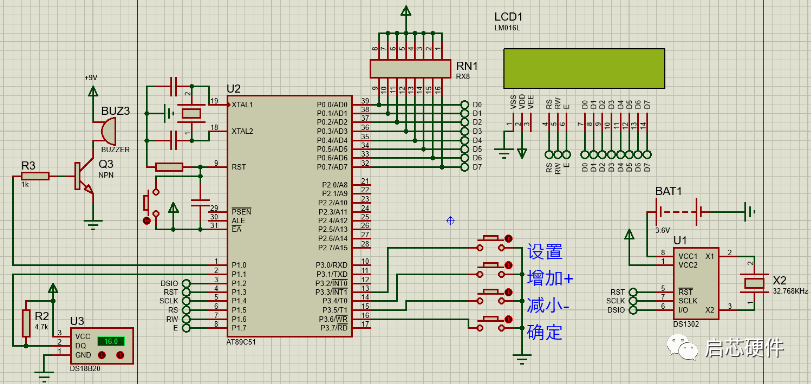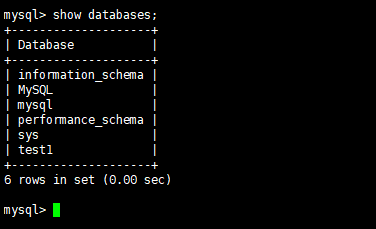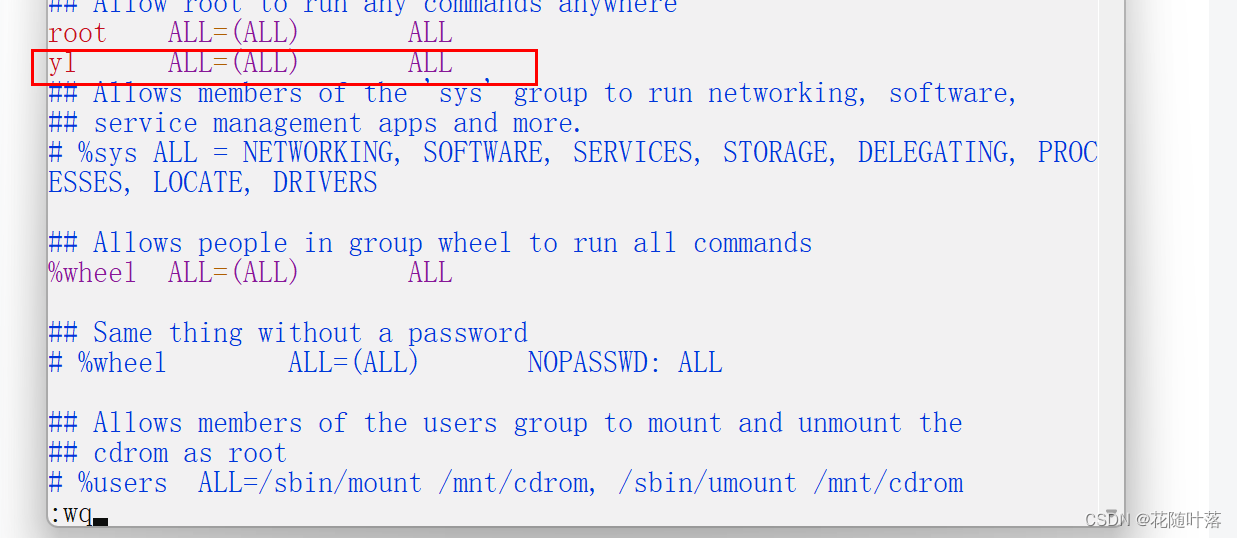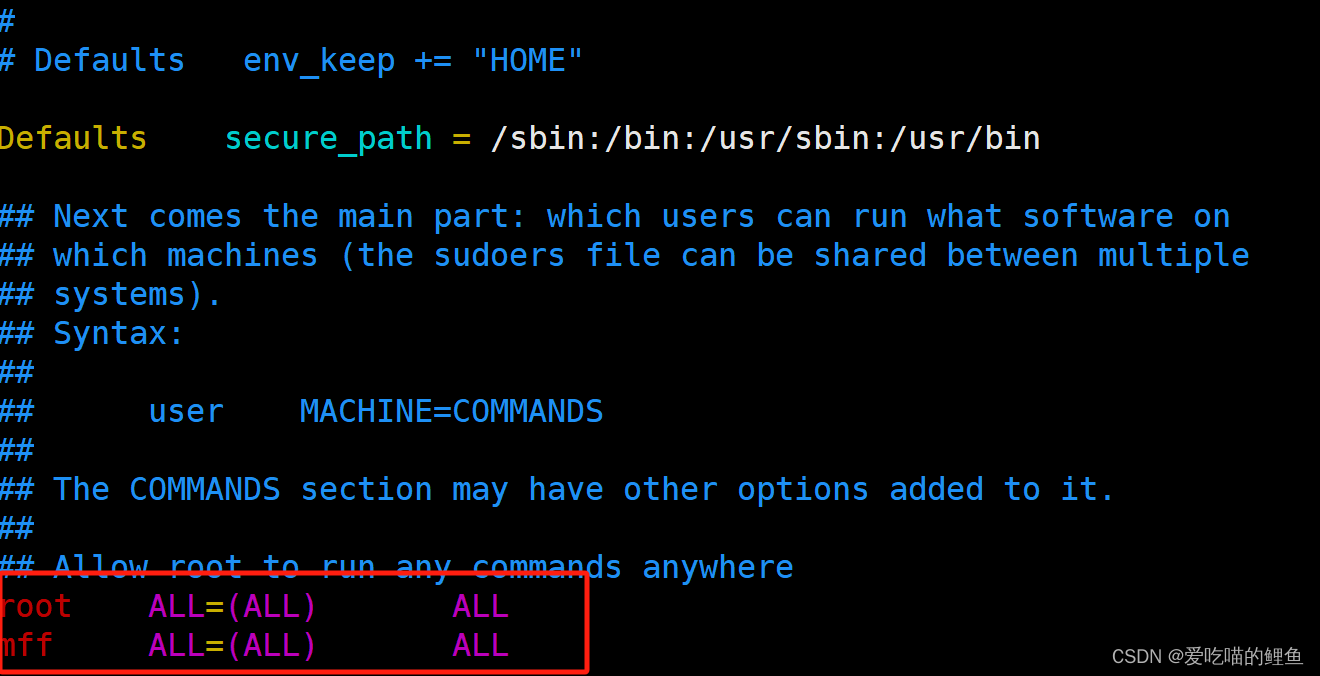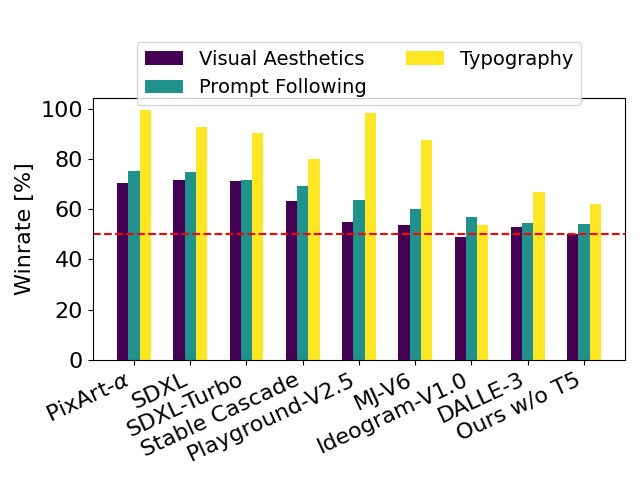中文版
对冲基金详细介绍
“对冲基金”名称的由来
“对冲基金”(Hedge Fund)这个名称源于最初采用的投资策略,即通过对冲(hedging)来减少风险。1949年,阿尔弗雷德·温斯洛·琼斯(Alfred Winslow Jones)创建了第一个对冲基金,使用股票的多头和空头头寸来对冲市场风险。这种策略旨在最大化回报的同时,尽量减少潜在损失,从而对市场波动进行“对冲”。
对冲基金的主要特点
投资策略:
- 多头/空头策略(Long/Short Equity):投资于被低估的股票(多头头寸)并做空被高估的股票(空头头寸)。
- 市场中性策略(Market Neutral):通过平衡多头和空头头寸来减少市场风险。
- 全球宏观策略(Global Macro):基于全球宏观经济趋势和事件进行投资。
- 事件驱动策略(Event-Driven):专注于公司事件(如并购、破产等)带来的投资机会。
- 套利策略(Arbitrage):利用相关证券之间的价格差异进行套利。
- 困境证券策略(Distressed Securities):投资于财务困难的公司。
管理方式:
- 由专业基金经理主动管理,采用多种复杂策略。
- 基金经理通常具有高度的决策自由,允许灵活的投资。
杠杆和衍生品的使用:
- 对冲基金经常使用杠杆(借入资金)来放大回报。
- 使用衍生品(如期权和期货)来管理风险、提高回报或对冲头寸。
费用结构:
- 通常收取管理费(一般为资产管理规模的2%)和绩效费(约为利润的20%)。
- 这种费用结构使基金经理的利益与投资者的利益一致,激励强劲表现。
投资者要求:
- 通常只对合格投资者、高净值个人和机构投资者开放,因为监管要求和高最低投资门槛。
- 通常有锁定期,期间投资者不能提取资金,从而增强稳定性但降低流动性。
监管环境:
- 比共同基金和其他投资工具的监管少,提供了更大的投资策略灵活性。
- 披露要求较少,允许采用专有和保密的投资方法。
对冲基金的优势
高回报潜力:
- 使用多样和复杂的策略可以在波动或下跌的市场中获得显著回报。
风险管理:
- 对冲技术和多元化策略旨在管理和减少各种风险。
投资组合多样化:
- 对冲基金可以为投资者的投资组合增加多样化,降低整体风险。
专业知识:
- 由经验丰富的专业人士管理,具备深厚的市场知识和高级投资技术。
对冲基金的劣势
高费用:
- 管理费和绩效费会显著减少投资者的净回报。
流动性差:
- 锁定期和提取限制使投资者难以快速获取资金。
高风险:
- 杠杆和复杂策略的使用可能导致重大损失,特别是当策略未按预期表现时。
缺乏透明度:
- 较少的监管要求意味着可供投资者评估风险的信息较少。
对冲基金策略示例
- 多头/空头策略:经理可能会在低估的科技股上持有多头头寸,同时在高估的零售股上持有空头头寸。
- 事件驱动策略:投资于即将合并的公司,预期并购会推动股价上涨。
- 全球宏观策略:根据地缘政治发展投资于商品或货币。
结论
对冲基金是一种专门的投资工具,通过采用多种高级和灵活的策略来实现高回报。尽管它们提供了显著的收益潜力和投资组合多样化的机会,但相对于传统投资基金,它们也伴随着更高的费用、更大的风险和较低的流动性。理解这些因素对于考虑对冲基金投资的投资者来说至关重要。
英文版
Hedge Funds: Detailed Explanation
Origin of the Name “Hedge Fund”
The term “hedge fund” comes from the original strategy employed by these funds, which involved hedging investments to reduce risk. The first hedge fund, created by Alfred Winslow Jones in 1949, used both long and short positions in stocks to hedge market risk. This strategy aimed to maximize returns while minimizing potential losses, thereby “hedging” against market fluctuations.
Key Features of Hedge Funds
Investment Strategies:
- Long/Short Equity: Investing in undervalued stocks (long positions) while shorting overvalued stocks (short positions).
- Market Neutral: Aiming to offset long and short positions to reduce market risk.
- Global Macro: Investing based on macroeconomic trends and events across the globe.
- Event-Driven: Focusing on opportunities arising from corporate events such as mergers, acquisitions, or bankruptcies.
- Arbitrage: Exploiting price discrepancies between related securities.
- Distressed Securities: Investing in companies experiencing financial difficulties.
Management Style:
- Actively managed by professional fund managers who employ a variety of sophisticated strategies.
- Fund managers often have significant discretion in investment decisions, allowing for a high degree of flexibility.
Use of Leverage and Derivatives:
- Hedge funds frequently use leverage (borrowed funds) to amplify returns.
- Derivatives (such as options and futures) are used to manage risk, enhance returns, or hedge positions.
Fee Structure:
- Typically charge both a management fee (usually around 2% of assets under management) and a performance fee (around 20% of profits).
- This fee structure aligns the interests of fund managers with those of investors, incentivizing strong performance.
Investor Requirements:
- Generally open to accredited investors, high-net-worth individuals, and institutional investors due to regulatory requirements and high minimum investment thresholds.
- Often have lock-up periods during which investors cannot withdraw their capital, enhancing stability but reducing liquidity.
Regulatory Environment:
- Less regulated than mutual funds and other investment vehicles, providing greater flexibility in investment strategies.
- Subject to fewer disclosure requirements, which allows for proprietary and confidential investment approaches.
Advantages of Hedge Funds
Potential for High Returns:
- The use of diverse and complex strategies can yield significant returns, especially in volatile or declining markets.
Risk Management:
- Hedging techniques and diversified strategies aim to manage and mitigate various types of risk.
Portfolio Diversification:
- Hedge funds can add a layer of diversification to an investor’s portfolio, reducing overall risk.
Access to Expertise:
- Managed by experienced professionals with deep market knowledge and advanced investment techniques.
Disadvantages of Hedge Funds
High Fees:
- Management and performance fees can significantly reduce net returns to investors.
Illiquidity:
- Lock-up periods and restrictions on withdrawals limit investors’ ability to access their capital quickly.
High Risk:
- Use of leverage and complex strategies can lead to substantial losses, especially if the strategies do not perform as expected.
Lack of Transparency:
- Fewer regulatory requirements mean less information is available to investors, making it harder to assess risk.
Examples of Hedge Fund Strategies
- Long/Short Equity: A manager might go long on undervalued tech stocks while shorting overvalued retail stocks.
- Event-Driven: Investing in a company poised to merge, anticipating the merger will drive up the stock price.
- Global Macro: Investing in commodities or currencies based on geopolitical developments.
Conclusion
Hedge funds are specialized investment vehicles designed to achieve high returns through a variety of advanced and flexible strategies. While they offer potential for significant gains and portfolio diversification, they also come with higher fees, greater risk, and less liquidity compared to traditional investment funds. Understanding these factors is crucial for investors considering hedge fund investments.
后记
2024年6月16日写于上海。基于GPT4o。

